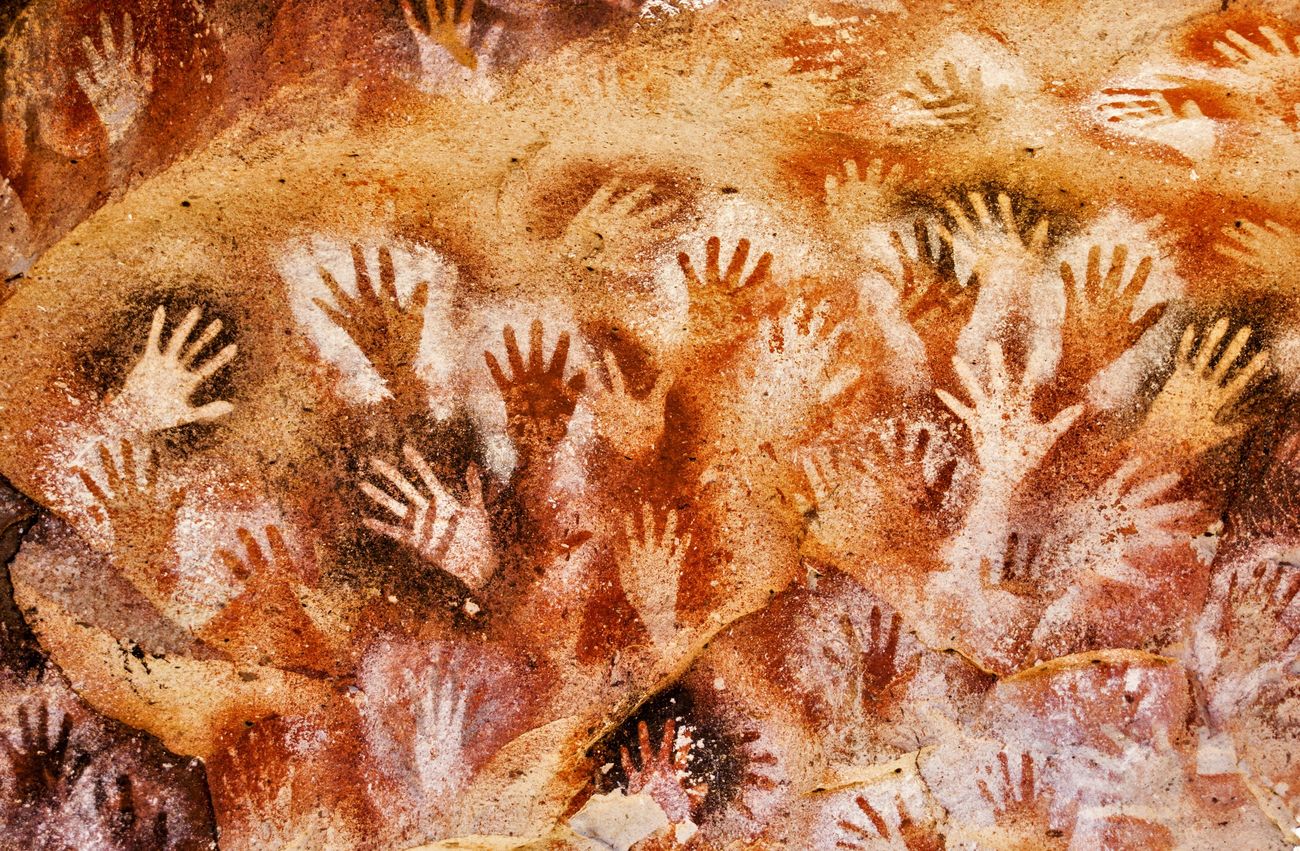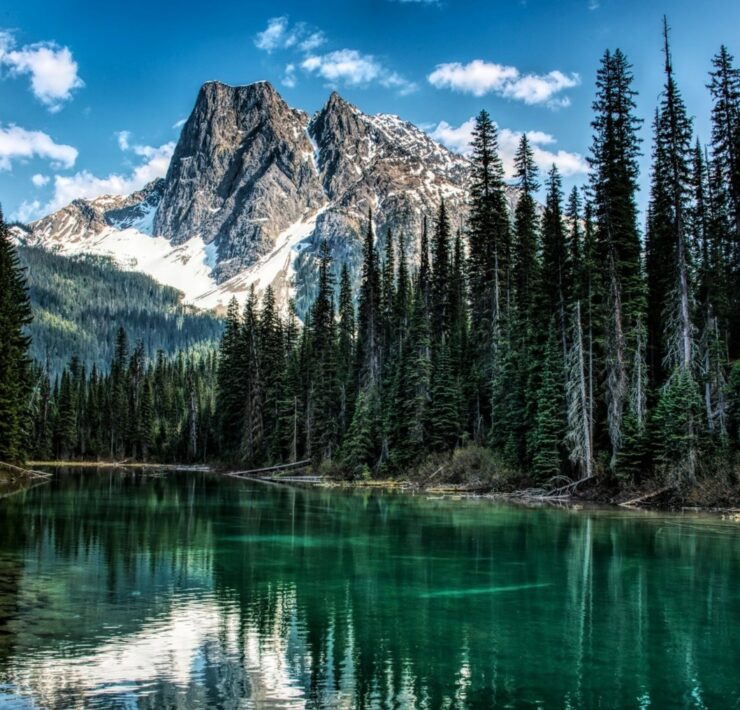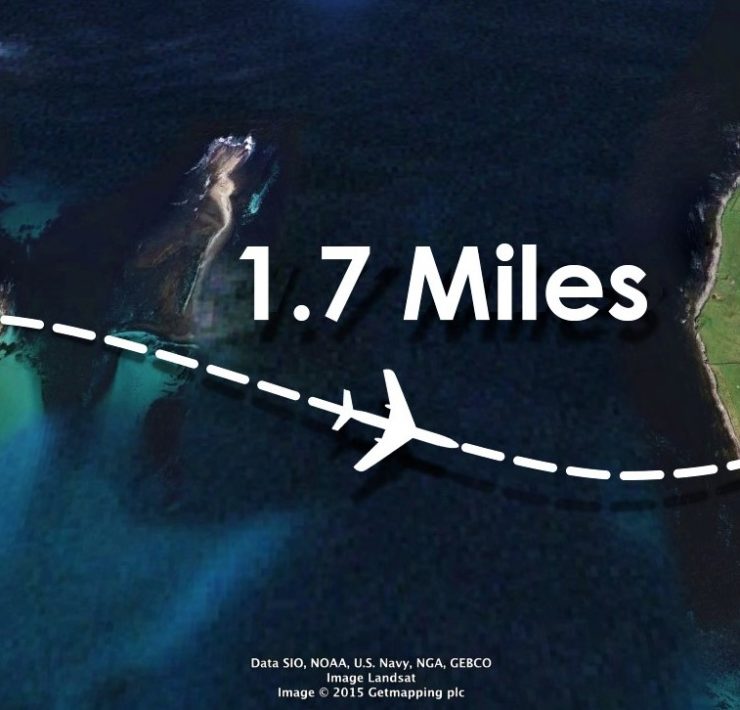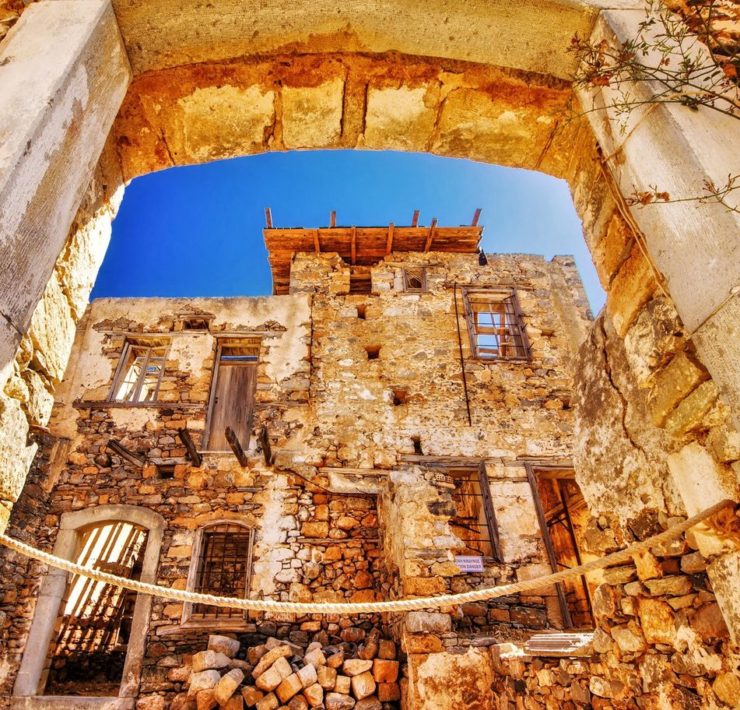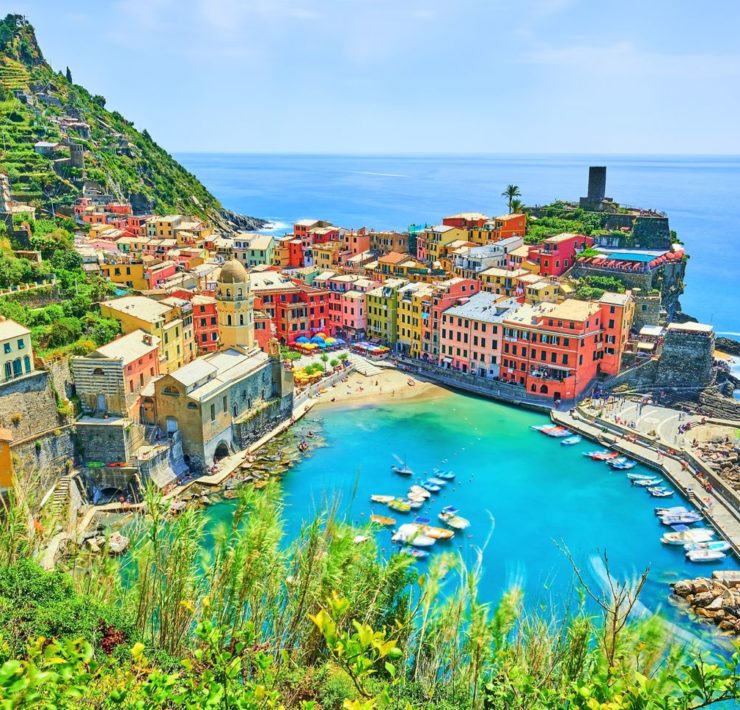People leave their stories through books, photographs, graffiti, or through their social media accounts. Leaving marks has been a practice since prehistoric times, and astonishing evidence of this can be found in Patagonia, Argentina.
Stencils of human hands fill the cave walls together with other rock paintings depicting the life of hunters who stopped over the cave between 13,000 and 9,500 years ago. The cave is known as the “Cueva de las Manos” which literally means “the Cave of Hands.”
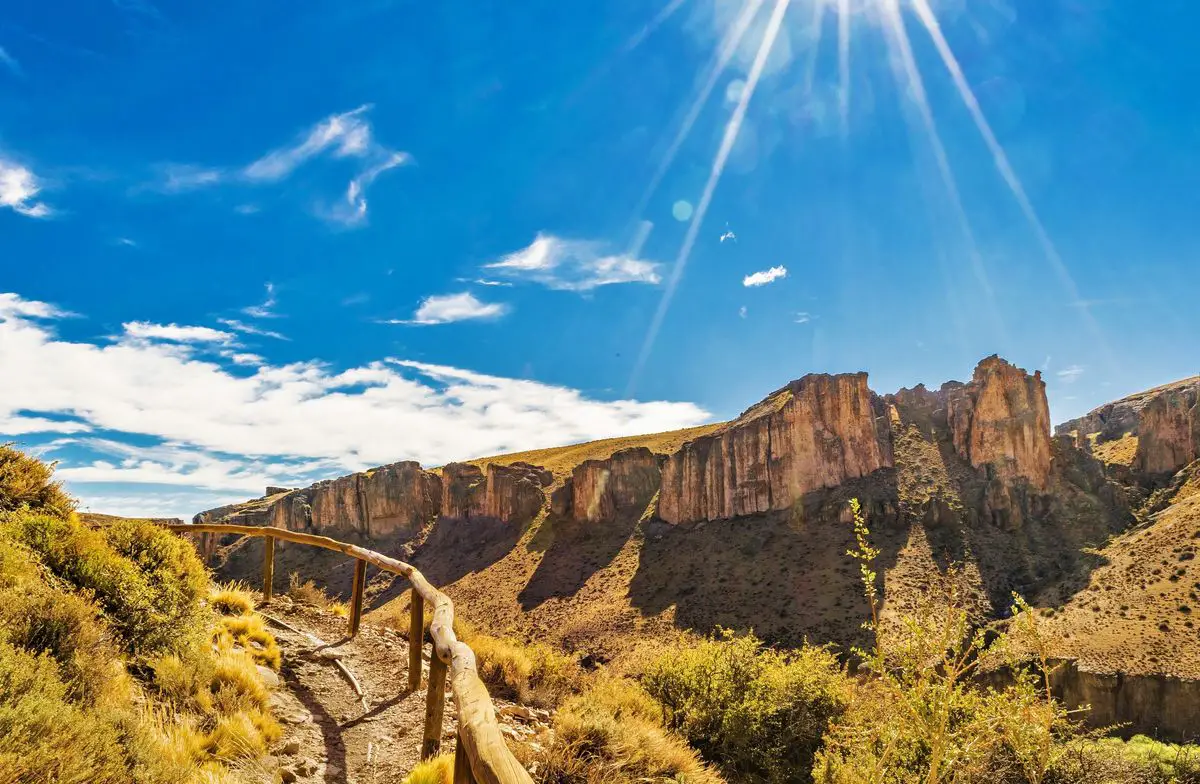
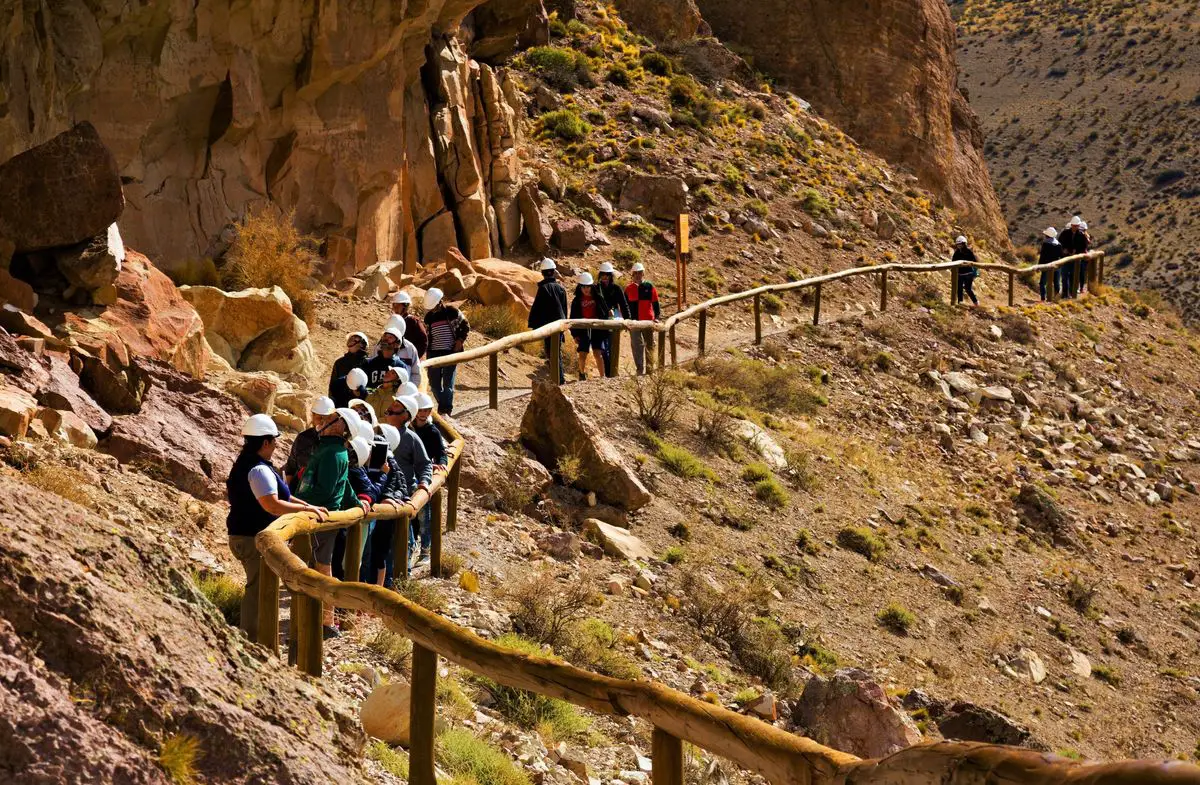
Cueva de las Manos (or Cueva de las Manos Pintadas) is located at the valley of the Pinturas River in Patagonia, Argentina. It is 24 meters (79 feet) deep and 10 meters (33 feet) high, with an entrance of 15 meters (49 feet) wide.
However, the cave’s interior slopes upwards, making the other end of the cave only 2 meters (7 feet) high. The region where the cave lies is one of the areas in Argentina that has been a focus for archaeological research for more than 25 years.
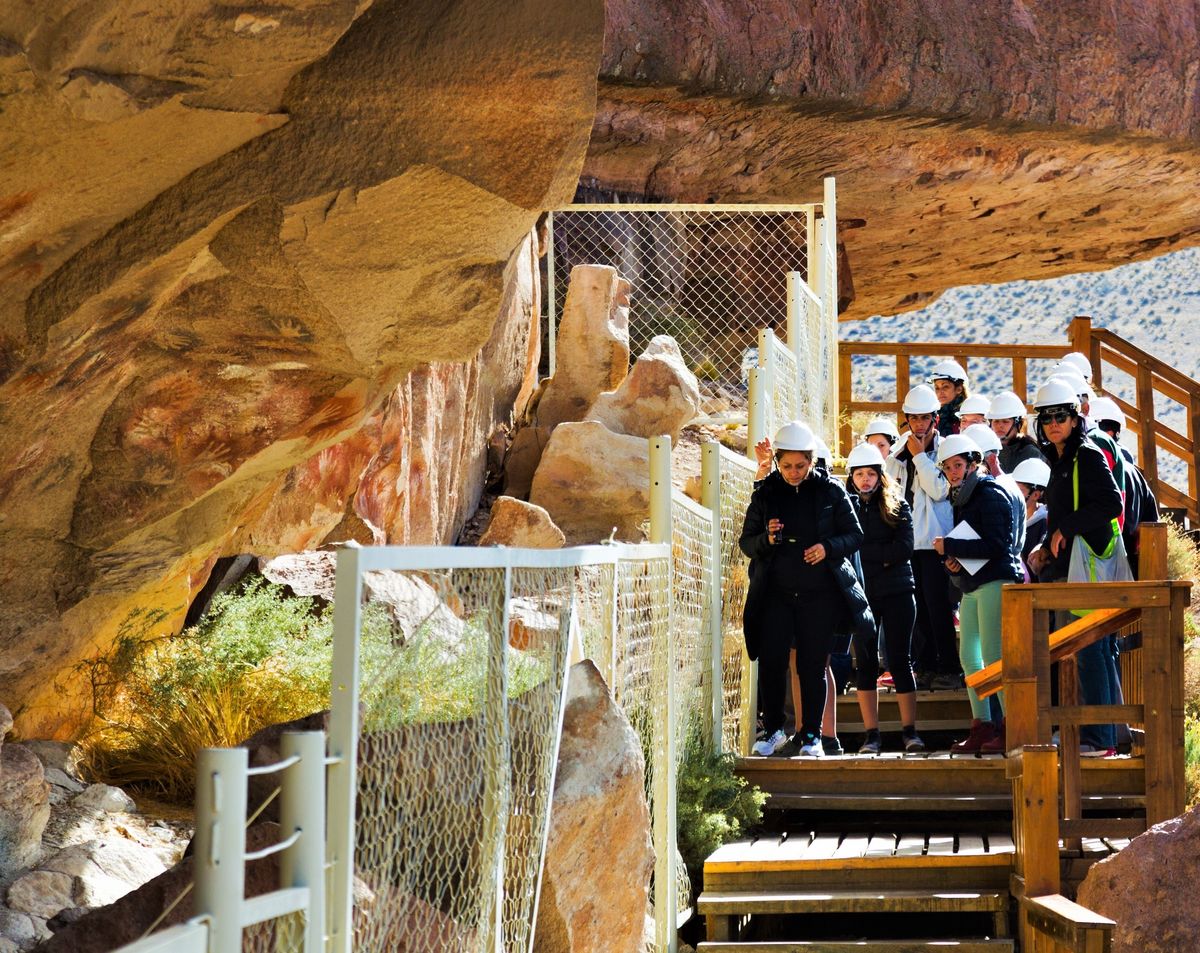
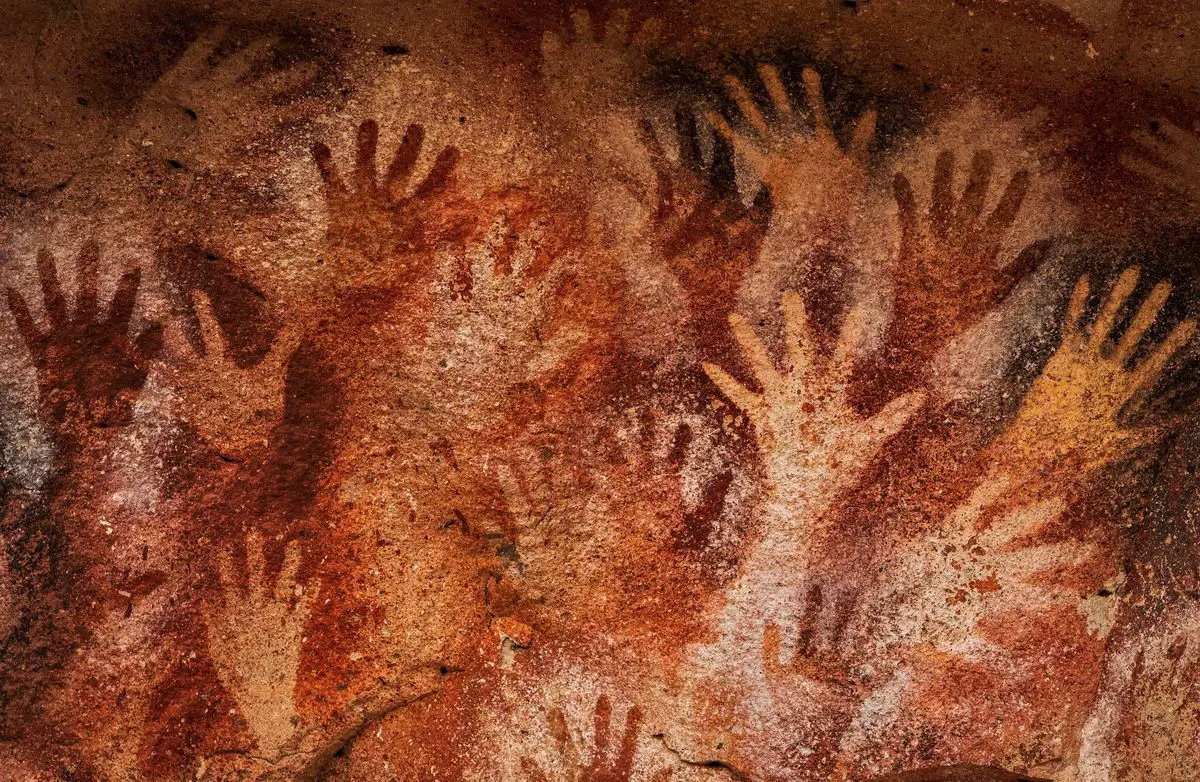
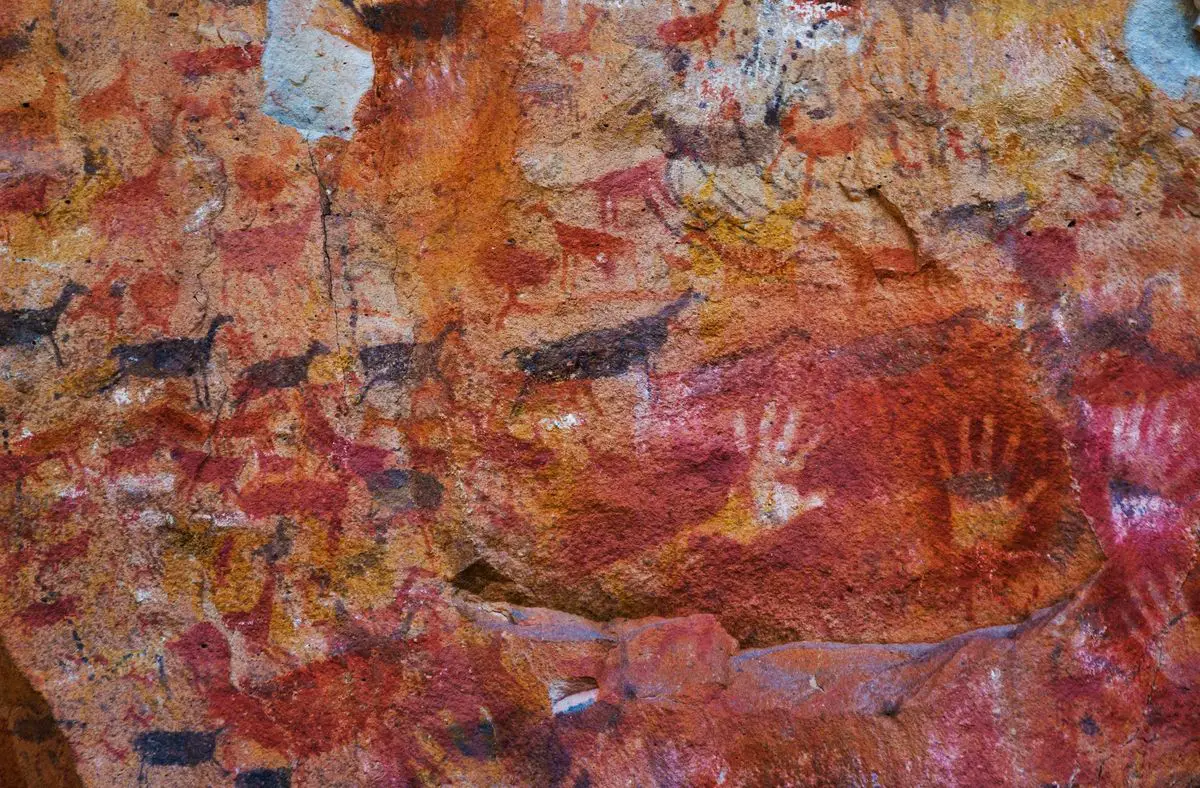
From the entrance of the cave, you’ll first notice the hand stencils stamped all over the rock wall. There are also foot stencils of the American ostrich, known as “nandu,” found among the hand stencil-dominated wall. Then, walk further inside the rock shelter to see more of the prehistoric art that remained untouched after several millennia with no major restorations done ever since it became popular in the second half of the 20th century.
The rock shelter has five concentrations of rock art done with the use of the following natural pigments: iron oxides (red and purple), kaolin (white), natrojarosite (yellow), manganese oxide (black). These natural pigments were ground and mixed with some form of binder.
Archaeologists found out that the cave-dwellers used these ground pigments inside pipes carved from bones to spray paint the cave walls using their hands as stencils. Most of these 829 hands are left hands, and the hand sizes suggest that the painters were a teen or pre-teen boys. It’s still a mystery why these Paleolithic teenage boys did this on the walls of Cueva de las Manos.
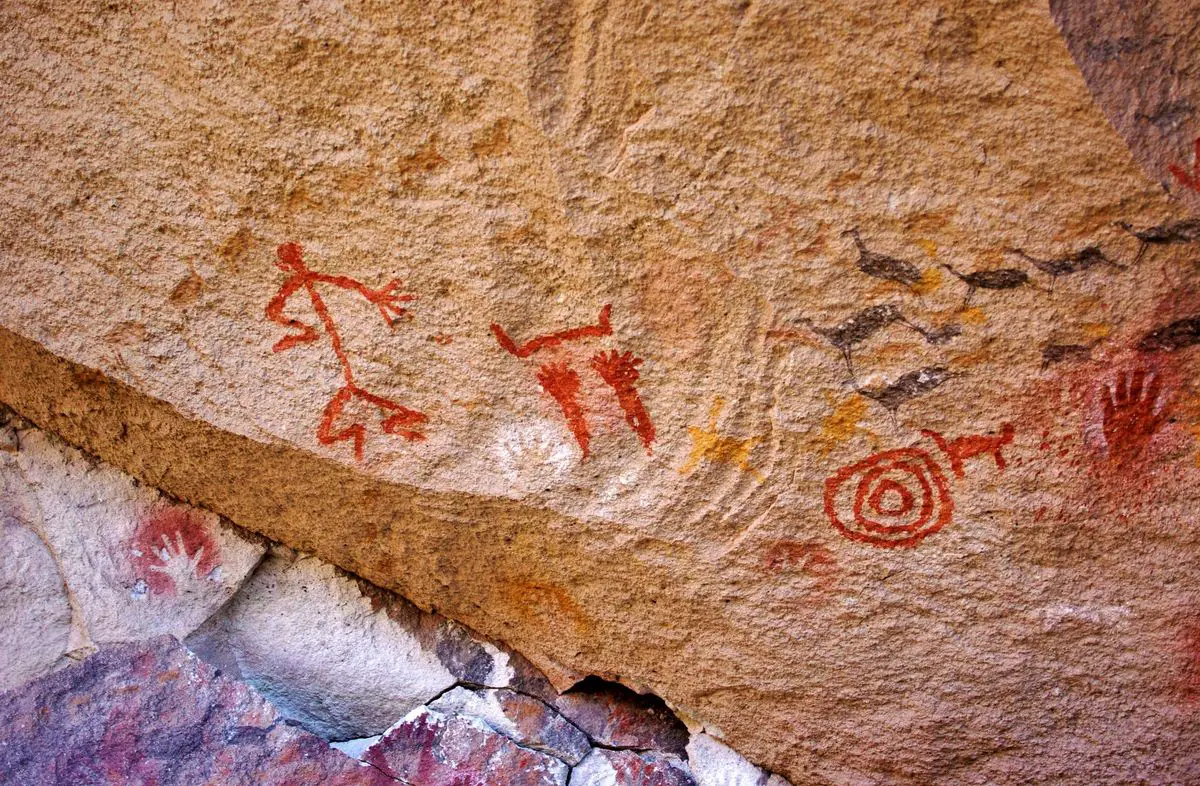
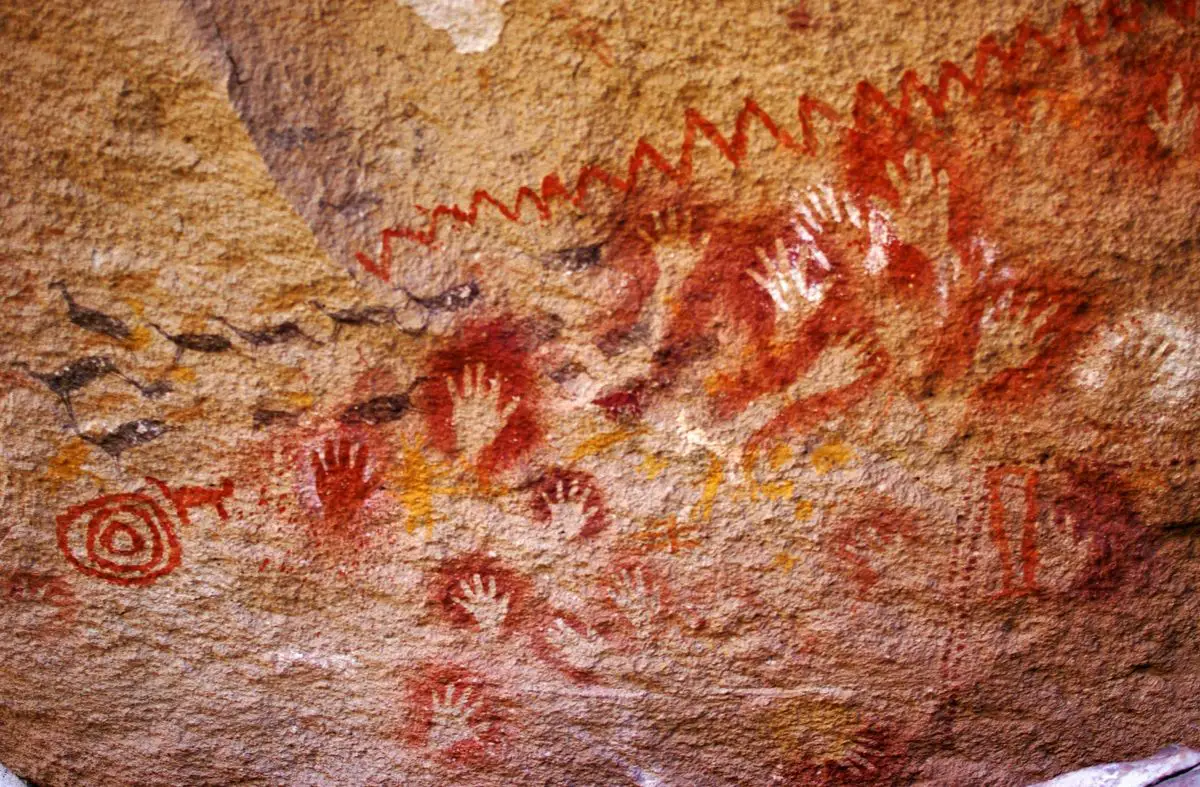
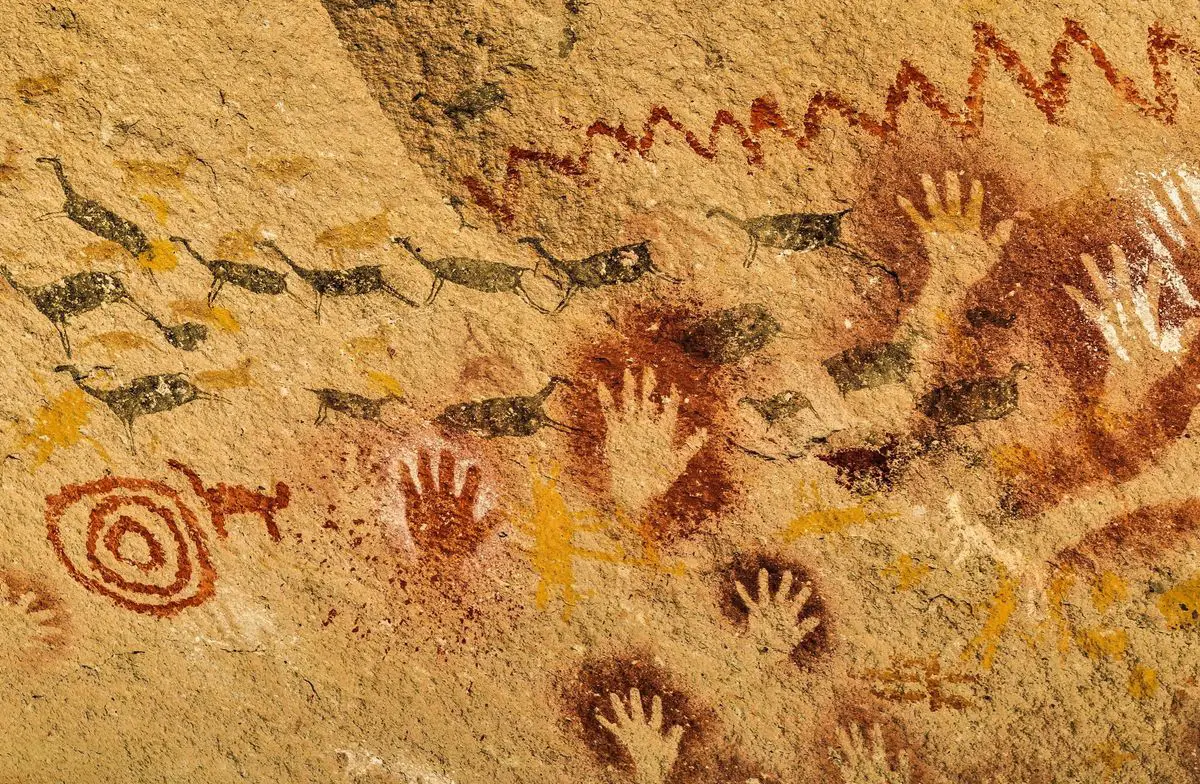
Besides the negative handprints, you can also find prints of guanacos, rheas, puma paws, scorpions, abstract designs, geometric patterns, and other shapes and lines with representations that have yet to be deciphered.
In addition, there are painted hunting scenes on the wall that show the different hunting strategies the people did during those times, from making traps or using weapons to attack their prey. It has been believed that the last cave art, which happened around 1,300 BC, was created by the historical Tehuelche hunters who were the inhabitants of Patagonia when the Spanish traders and settlers arrived.
Cueva de las Manos can be reached by road through a sidetrack north of Bajo Caracoles or by foot or drive up the Cañón de Río Pinturas. Once you reach the entrance building to the protected area, make sure to hire a guarda parque or a guide with you to have access to the protected cave.
Please note that some parts of the cave are protected by fences that keep visitors at a distance to prevent them from vandalizing on the rocks and walls. It is better to visit the cave during the spring and summer seasons.
Kailey is a travel writer currently based in New York, but mostly on the move. She loves sharing interesting stories from her experiences with the local culture, food and adventure activities through her writing. When she is not eating french fries and sipping wine, you can find her traveling to different areas, capturing new stories, teaching yoga, or working on her helicopter license.

